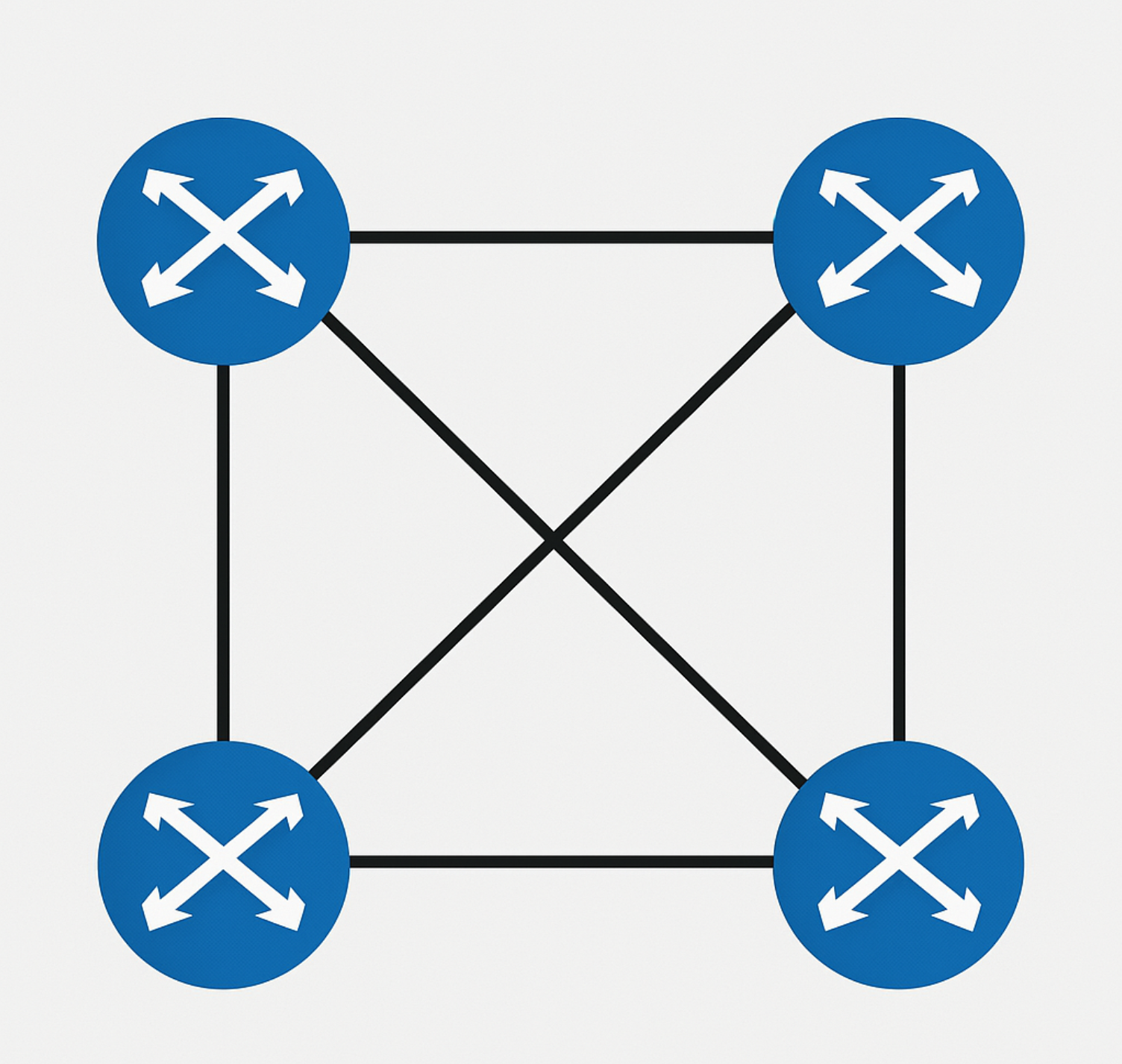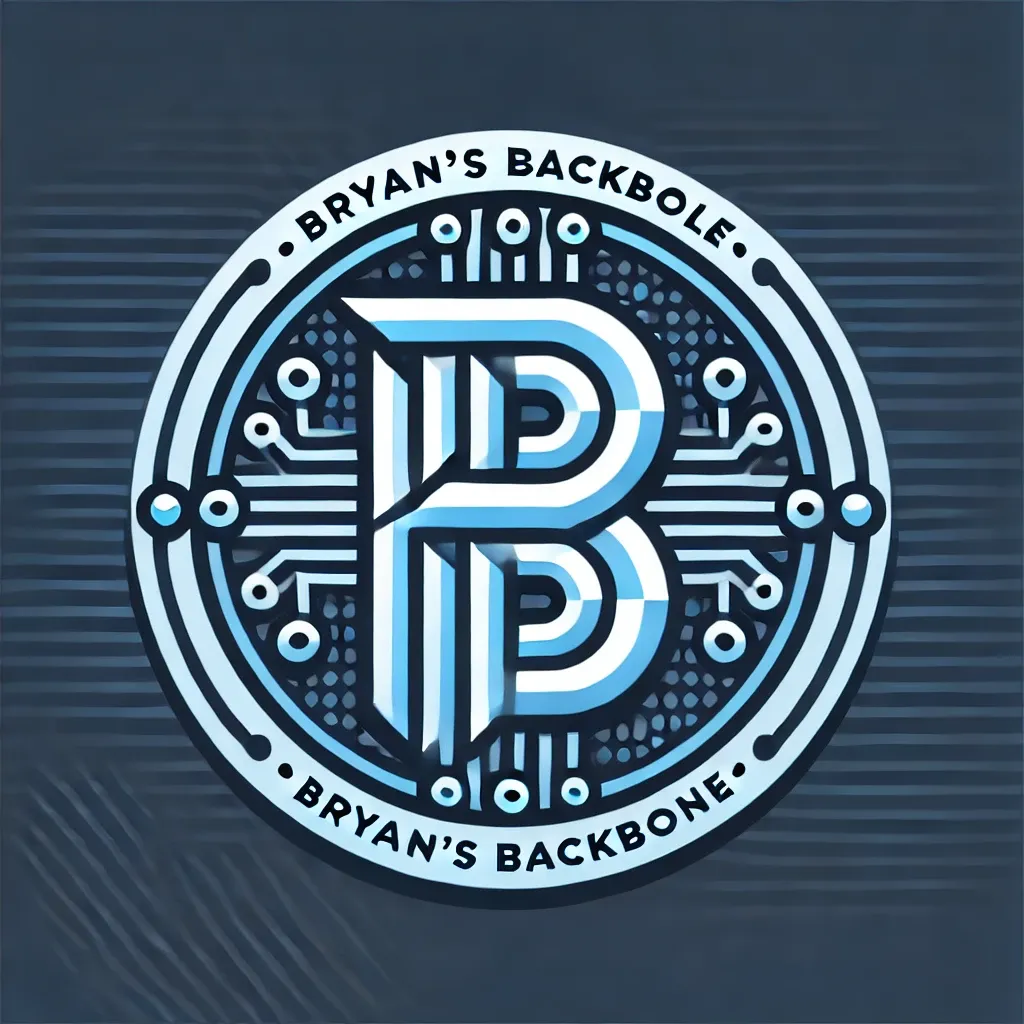🚦Understanding LSP and Troubleshooting Label Switched Paths Like a Pro
LSPs don’t break. They misbehave when something upstream changes — and understanding how to trace and interpret those changes is what makes us better engineers.

Note: This isn’t meant to be an in-depth deep dive — just something I was thinking about and wanted to jot down. A quick journal entry of sorts, in case it helps someone else wrap their head around the basics or troubleshoot faster in the field.
Ever feel like packets are hopping tracks with no clue where they’re headed? Welcome to the world of MPLS and LSPs — the "train tracks" of the service provider backbone. If you’ve ever stared at an MPLS cloud and thought, “Where are my packets actually going?” — this post is for you.
🎯 What is an LSP?
An LSP (Label Switched Path) is a unidirectional tunnel set up across an MPLS network. It’s the predefined, label-based route that packets follow from the ingress (entry) router to the egress (exit) router.
Instead of hop-by-hop IP decisions, packets ride a label-defined path, making forwarding faster and more efficient — especially in large-scale SP networks.
Imagine it like this:
- IP routing: GPS calculating directions every block.
- LSP: You're on a train line, already knowing every stop.
🔍 Types of LSPs
| Type | Signaling | Use Case |
|---|---|---|
| LDP (Label Distribution Protocol) | Dynamically via IGP | Default in MPLS VPNs |
| RSVP-TE | Signaled with constraints | Traffic Engineering, bandwidth reservation |
| Segment Routing (SR) | IGP extensions (IS-IS/OSPF) | SDN-ready, controller-friendly |
| Static | Manual setup | Labs, simple deployments |
🧰 How LSP Works (Simplified)
- Ingress PE: Pushes a label on the packet.
- Core P routers: Swap labels hop by hop.
- Egress PE: Pops the label and sends out a native IP packet.
Each core router doesn’t need to inspect the packet — just the label.
🧠 Why Do Customers Notice LSP Changes?
Even though MPLS LSPs are internal to the service provider core, customers often detect changes indirectly, especially when they rely on the stability of a specific path. Here's how and why:
🔍 1. LSP Path Change = Latency Change
When an LSP reroutes — due to link failure, IGP metric change, or manual intervention — packets may suddenly:
- Take a longer path
- Traverse congested links
- Pass through a different metro/core region
Impact:
- Increased latency
- Jitter spikes
- Application timeout (especially for real-time apps like VoIP, video, or trading platforms)
Even a few ms change is noticeable to low-latency customers.
🛠 2. Consistent Traceroutes Are Gone
Many enterprise customers run scheduled traceroutes or monitoring agents (ThousandEyes, custom scripts, etc.). When the return path or hop sequence changes, it triggers alerts or questions:
“Why are my packets going through Atlanta today instead of staying local?”
To them, this looks like a routing or service issue — even if traffic is still within SLA.
📦 3. QoS & SLA Degradation
LSPs with TE constraints (RSVP-TE, SR-TE) are often engineered to meet specific QoS classes. A shift in path may land traffic on links without:
- Policing/shaping alignment
- Proper EXP-to-PHB treatment
- Equal queuing priority
Result: Dropped packets or DSCP mismatches on provider’s core — again, noticed by apps, voice gateways, and perf testers.
🗣 4. Customers Call Because They're Smart (and Watching)
Some customers — especially financial, government, or large SaaS — have full-mesh monitoring of their WAN edge. They know what a “good” path looks like, and they'll call the moment it deviates.
This often leads to:
- Support tickets opened with “routing change” flagged
- Requests for LSP pinning or sticky paths
- Demands for detailed explanation of convergence behavior
🧪 Troubleshooting LSPs in the Field
Here's how we can walk through and fix common LSP issues. We'll assume you're using LDP for label distribution.
1. ✅ Start with LDP Neighbor Check
Cisco:
show mpls ldp neighborJuniper:
show ldp neighborNo neighbors? Check:
- MPLS enabled on interfaces (
mpls ip) - IGP adjacencies are up
- LDP is bound to loopbacks or system addresses
2. 🔭 Trace the LSP Path
Cisco:
traceroute mpls ipv4 <destination>Juniper:
traceroute mpls ldp <destination>You're watching for breaks, hops that stall, or TTL expiry — indicating label or routing issues.
3. 🔎 Label Forwarding Table (LFIB)
Cisco:
show mpls forwardingJuniper:
show route forwarding-table family mplsVerify:
- You see the label for the destination
- Correct outgoing interface and label
- Next hop is what you expect
4. 🔄 Check Label Bindings
Cisco:
show mpls ldp bindingsJuniper:
show ldp databaseYou should see consistent labels across routers. If a label is missing, that prefix might not be advertised via IGP.
5. 🧠 Validate Loopback Reachability
Every PE and P router should reach loopbacks via IGP.
- If the next-hop loopback isn’t reachable, LSP fails.
- VPNv4 routes won’t resolve if BGP can’t find the next-hop via MPLS.
🛠 Common Issues & Fixes
| Symptom | Fix |
|---|---|
| No LDP neighbor | Enable LDP under interfaces and IGP |
| Incomplete label stack | Check LFIB and bindings |
| VPN routes show as unreachable | Ensure IGP reachability to remote PE loopbacks |
| Traceroute shows incomplete path | Look for missing LDP or IGP adjacencies |
| LSP trace fails at a hop | ACL/filter might block ICMP TTLs or MPLS ping replies |
📋 Quick Commands Cheat Sheet
| Task | Cisco | Juniper |
|---|---|---|
| LDP Neighbor | show mpls ldp neighbor | show ldp neighbor |
| LFIB | show mpls forwarding | show route forwarding-table family mpls |
| Label Bindings | show mpls ldp bindings | show ldp database |
| Trace LSP | traceroute mpls ipv4 | traceroute mpls ldp |
🧠 Mental Flowchart for Troubleshooting
┌──────────────────────────────────────────┐
│ 🔍 Step 1: Control Plane Sanity │
└──────────────────────────────────────────┘
│
▼
Is IGP (OSPF/ISIS) UP between all core routers?
│
Yes
│
▼
Are LDP neighbors established?
│
┌───┴─────┐
│ │
No Yes
│ │
Fix LDP ▼
or IGP Is loopback-to-loopback reachable
issues via IGP (no LDP yet)?
│
┌───────┴───────┐
│ │
No Yes
│ │
Fix IGP or Check `show mpls ldp bindings`
LDP transport and LFIB/INET.3 (Juniper)
address
│
▼
Are labels present for destination?
│
┌──────────┴───────────┐
│ │
No Yes
│ │
Check if prefix ▼
is in IGP & not Use `traceroute mpls`
filtered or `mpls ping` to verify path
│
▼
Is LSP path complete (no TTL drops)?
│
┌───────────┴──────────┐
│ │
No Yes
│ │
Check LFIB, labels, ACLs ✅ LSP is functional
or disabled MPLS/TTL End of Troubleshooting
🔧 Fast Command Highlights for Each Step
| Stage | Key Commands |
|---|---|
| IGP Reachability | show ip ospf neighbor, ping, traceroute |
| LDP Neighbors | show mpls ldp neighbor / show ldp neighbor |
| Label Bindings | show mpls ldp bindings / show ldp database |
| Label Forwarding | show mpls forwarding / show route forwarding-table family mpls |
| Path Testing | traceroute mpls ipv4 <dest> / ping mpls ip <dest> |
🏁 Final Thoughts
Label Switched Paths are the unsung heroes of service provider backbones — fast, efficient, and invisible... until something changes.
This wasn’t meant to be a full-on RFC breakdown or vendor white-paper — just something I needed to get out of my head and onto paper (or blog). When LSPs shift or re-converge, customers notice. They call. And being able to answer confidently — with facts, not guesswork — makes all the difference.
LSPs don’t break.
They misbehave when something upstream changes — and understanding how to trace and interpret those changes is what makes us better engineers.
Thanks for following along — and if this helped even one person, then it was worth journaling. Feel free to chirp in if you’ve got a tip or trick I missed — and check out my other posts over at Bryan’s Backbone.
Until next time — ☮️ out.

